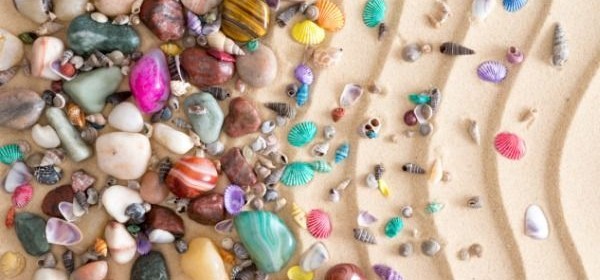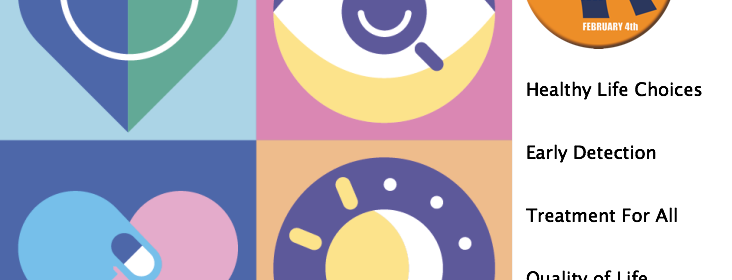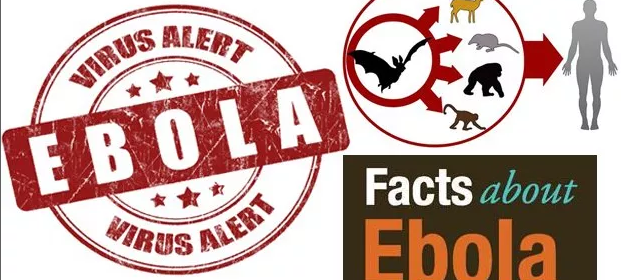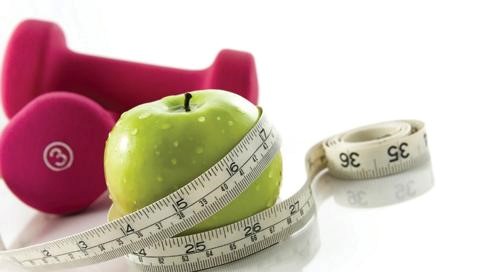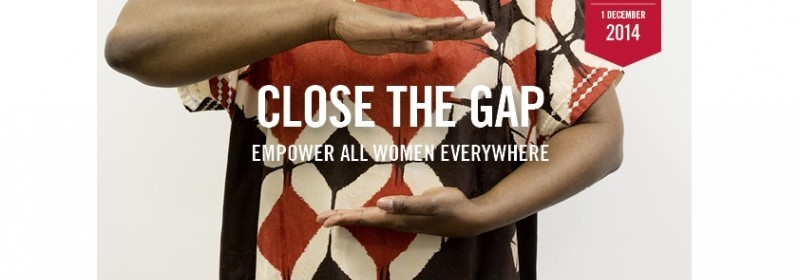Essential Ingredients That Should Be Part Of Your Natural Beauty Routine

The ingredients that follow [should] make up the foundation of your new beauty routine. You can probably find some of them in your kitchen already, because they’re all edible. They are incredibly potent on their own, and learning to mix and match them will teach you the basics of being your own little chemist.
1. Fine-grain sea salt
Especially great for acne or quick treatments during flare-ups. It can be used on the face or body and cleans deeply, removes dead skin cells, eliminates fluid retention, balances moisture, pulls toxins from pores, and relaxes muscles. The simplest way to use sea salt is to wet your skin, put some salt on your wet hand so it sticks, then pat it gently onto your skin. You can leave it for a few minutes or rinse immediately. Just make sure not to scrub too hard — it is too abrasive by itself.
2. Apple cider vinegar
The best astringent in nature because it helps to balance your skin’s pH, making you both less oily and less dry. Plus, it promotes blood circulation and kills bacteria, yeasts, and viruses. Always dilute apple cider vinegar! It is pungent stuff. Apply to your face with cotton or a spritzer. No need to wash it off.
3. Coconut oil
An amazing body moisturizer that glides on easily and soaks in, leaving you hydrated for hours. It’s antibacterial and antifungal, meaning it will help heal rashes, scars, infections, and acne. Coconut oil is full of healthy fats and antioxidants, so it offers a lot of nutrition for your skin. Apply coconut oil right after you shower, when your pores are hydrated and ready.
4. Olive oil
A light moisturizer that’s great for the face and is especially affordable. Olive oil protects against sun damage and skin cancer. And it’s so gentle that even the most sensitive human on the planet is probably not allergic to it. Use olive oil like coconut oil, except more freely on your face and in your hair.
5. Ground oats or ground almonds
Gentle exfoliants that leave skin super-soft. Both of these ingredients are incredibly soothing and healing to the skin, and they reduce inflammation (the root of most skin evils). The simplest way to use oats is to pour a heaping cupful into a warm bath and soak.
6. Baking soda
A great spot treatment, toothpaste ingredient, deep cleanser for getting rid of shampoo buildup in hair, and odor fighter. The best way to use baking soda is as a once-in-a-while zit treatment. Make a paste with water and dab it on a blemish. Or spread onto a stinky area, leave on for however long you’d like, then rinse.
7. Honey
Kills bacteria while soothing and moisturizing skin. It’s also anti-inflammatory and hydrating to your pores. Honey makes a great addition to any exfoliant or mask — it even makes a great stand-alone mask. Rub it onto your face and leave on for a chunk of time (not overnight, unless you want a sticky pillowcase!), then rinse with warm water.
8. Shea butter
A little bit goes a long way, leaving your skin hydrated for up to a full day. Shea butter has a natural SPF of 6 and absorbs some ultraviolet radiation. All shea butter comes from Africa and most of it is fair trade, but it’s a good idea to check the label. The simplest way to use shea butter is straight on your face or body.
Article Courtesy: http://www.mindbodygreen.com/

